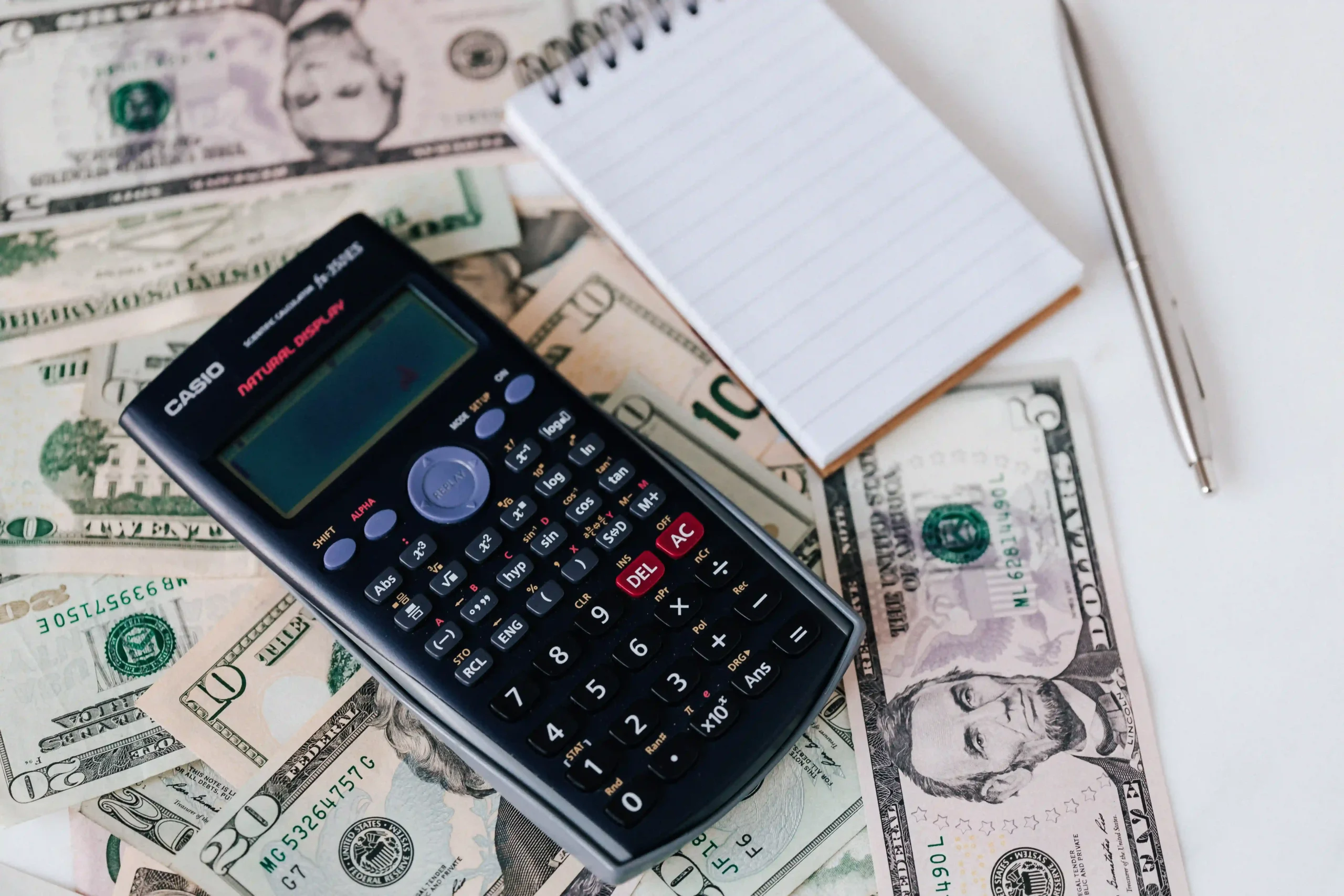Student Loan Forgiveness Plan
Great news! The Biden administration is taking action to help with the student loan crisis. They’ve announced a new Student Loan Forgiveness plan that aims to reduce the financial burden on borrowers and give millions of Americans a fresh start, as student loan debt reaches an all-time high.
Eligibility Criteria: Are you curious if you’re eligible for this new plan? If you have Direct Loans or Federal Family Education Loans held by the Education Department, including Parent PLUS loans, you might be able to get some relief. The plan accounts for qualifying payments made under income-driven repayment plans, which were previously unrecognized by loan servicers. This adjustment ensures that borrowers receive credit for payments that should have contributed toward their student loan forgiveness.
Accessing Loan Forgiveness:
The process for accessing loan forgiveness has been streamlined to provide borrowers with ease and convenience. The Education Department will proactively notify eligible borrowers via email, starting from the day of the announcement. Once deemed eligible, borrowers do not need to take any further action. Repayment and interest will be paused until the loans are discharged, which is expected to occur 30 days after borrowers receive notification from the Department.
If you don’t want to participate in the loan forgiveness program, don’t worry. You can simply get in touch with your loan servicer and let them know that you’d like to keep repaying your loans as usual However, for many borrowers struggling with student debt, this plan offers a welcome opportunity for financial relief.
Future Outlook:
In a significant development, it has emerged that the current Student Loan Forgiveness plan is distinct from the one that was previously rejected by the Supreme Court. While the previous plan aimed to forgive a specific amount of debt for all borrowers, the current initiative takes a more targeted approach based on income-driven repayment plans and existing regulations. By utilizing authorities granted by the Higher Education Act, the Biden administration aims to establish a legally sound foundation for the plan’s implementation.

Taking Control of Your Student Debt:
For borrowers who anticipate difficulty making payments once they resume, the Biden administration has announced a 12-month “on-ramp” period. During this period, borrowers will not be considered delinquent and will not face negative consequences such as credit bureau reporting or debt collection actions. This grace period provides breathing room for borrowers to reassess their financial situation and plan accordingly.
Moving forward, it is essential for borrowers to stay informed and take advantage of available resources. Enrolling in an income-driven repayment plan is crucial for those who haven’t done so already. Additionally, the Biden administration is introducing a new income-driven repayment plan called SAVE (Saving on a Valuable Education), which will allow eligible borrowers to reduce their monthly payments by half and have the remainder of their debt canceled after ten years of consistent payments.
Conclusion: The Biden administration’s proposal for student loan forgiveness represents a critical step towards addressing the student loan crisis and offering much-needed respite to students. By rectifying past administrative failures and implementing a comprehensive approach to student loan forgiveness, the plan aims to alleviate the financial burden on countless individuals. As the implementation process unfolds, borrowers are encouraged to explore their eligibility, stay informed, and take proactive steps towards managing their student debt. This plan marks a positive stride towards a fairer future for all burdened by student loans.
For more information, Visit The White HouseThanks for Reading from Roshbytes and for latest trending news and updates follow us.




